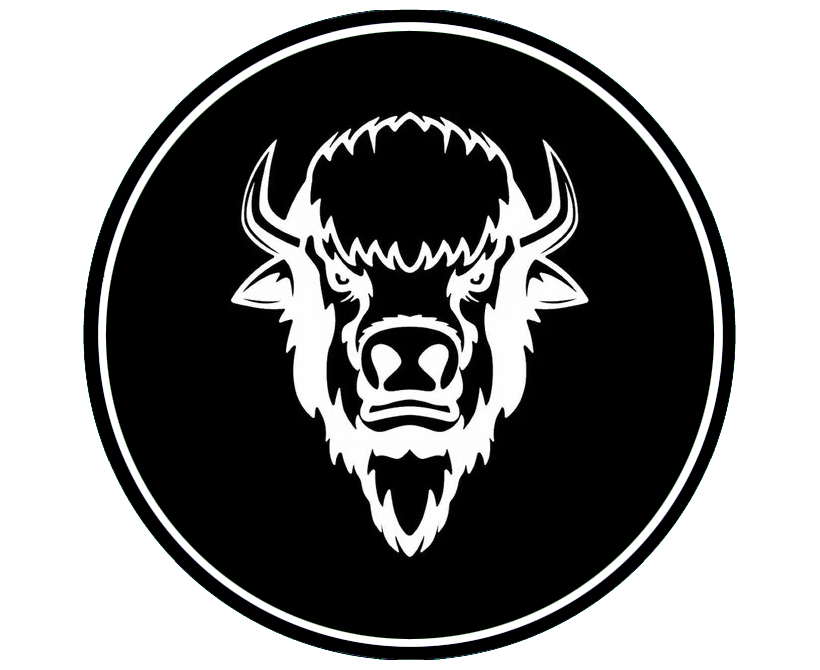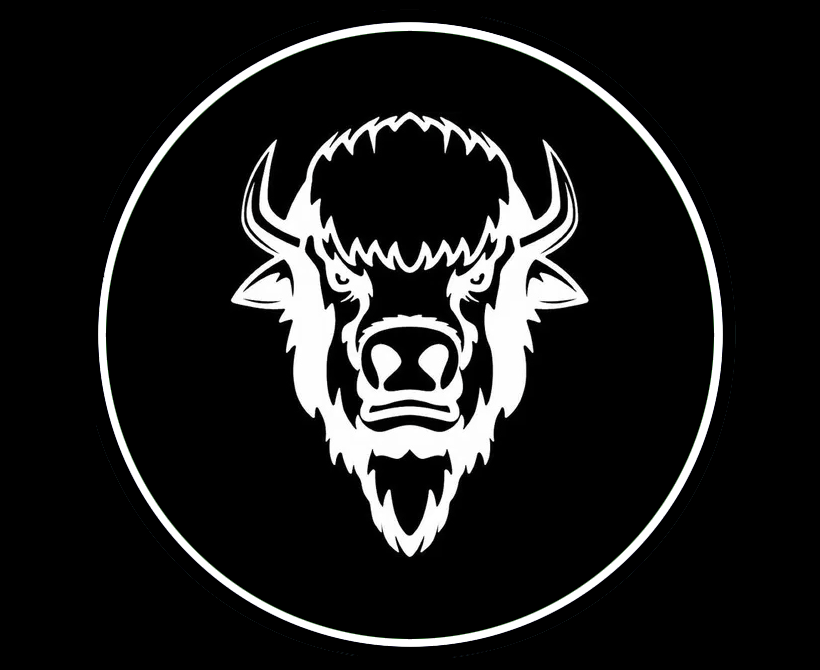
display (image) ads
Display ads are a unique format of advertising offered by Google that offers access to a far wider audience than regular Search ads. Whereas standard text-based search ads allow you to get precise messaging in front of users, display ads allow you to get your branding in front of users by focusing on images rather than text. These ads are then shown on the Google Display network: a collection of millions of Google properties, websites, and apps. In the past, display ads were quite restrictive and you could only show images in certain formats and sizes to fit the ad space available. However, that has all changed with the introduction of responsive display ads.
Responsive display ads allow you to have full creative control over your branding and messaging. How it works is that you provide Google with a library of images and logos and a mix of short headlines and descriptions. If you’re short on certain images, you can also utilize a free stock photo library provided to you by Google. Google then takes that library and runs A/B tests of every asset you provide them to determine what the most effective combinations are for your intended audiences. From there, they automatically resize your images to fit in the available ad space, whether it be a banner ad on a website, a small ad in a sidebar feed, or a pop-up ad displayed to app users.

The responsiveness doesn’t end there, however. Google also allows you to set up custom audiences based on parameters you set. You can upload lists of previous customers to let them know of new promotions they may be interested in, as well as utilize retargeting to connect with users who visited your website in the past and didn’t convert. In addition, you can set which sets of ads you want to show to users who have shown interest in specific keywords, or have visited websites similar to your own, making it a powerful method of advertising to utilize.
However, just like any other method of Google advertising, there are quite a few things to stay on top of. The advertising policies and compliance metrics shift regularly, so it’s important to be informed of any changes in your industry. You also need to run competitor analyses to ensure that your ad copy is in line with what others in your sphere are doing and keep your quality scores above a certain level to stay in compliance. The images themselves, while fairly unrestrictive, do have to meet certain criteria that dictates how much text can be in the image, the positioning of said text, standards for resolution and dimensions, and more. The larger your campaign is, the more you’ll have to stay on top of.
At Great White Bison, our passion is ensuring this headache never crosses your desk. Advertising is essential for businesses to grow, but it doesn’t need to be complicated or take up your valuable time. We’ll handle all of the legwork and monitoring for you and provide you with clear, detailed reporting on what is working and what isn’t. Simply put, we’ll give you a list of what we need and we’ll take care of the rest from there.
COMMONLY ASKED QUESTIONS ABOUT DISPLAY ADS
What format do my images need to be in?
- Most Display Ads are submitted in .zip, GIF, JPG or PNG files. For some established accounts, HTML5 and AMPHTML ads are able to be uploaded.
Are there any restrictions on image size or resolution?
- There are a wide array of eligible sizes. For a complete list, CLICK HERE.
Where do the ads show?
- When you run Google Display Ads, there are several locations they can show. They can show on Google’s search engine results page, Google Play, Shopping tabs and Google Maps. Also, they can show on the Google search partner network if enabled.
How do you know what keywords to target?
Our keyword targeting uses a multi-step approach. First, we discuss your goals and objectives with you. From that discussion we’ll craft a list of keywords that have meaning for your campaign. Next, we’ll run an analysis of your competitors to identify keyword gaps to institute as well. Finally, we’ll run all the keywords through planning software that will show all variations of the keyword, along with what keywords are rising and falling, which keywords are high value targets, obtain the CPC cost of each keyword and craft all that information into a comprehensive, multi-faceted marekting campaign that will pay maximum dividends for your business.

